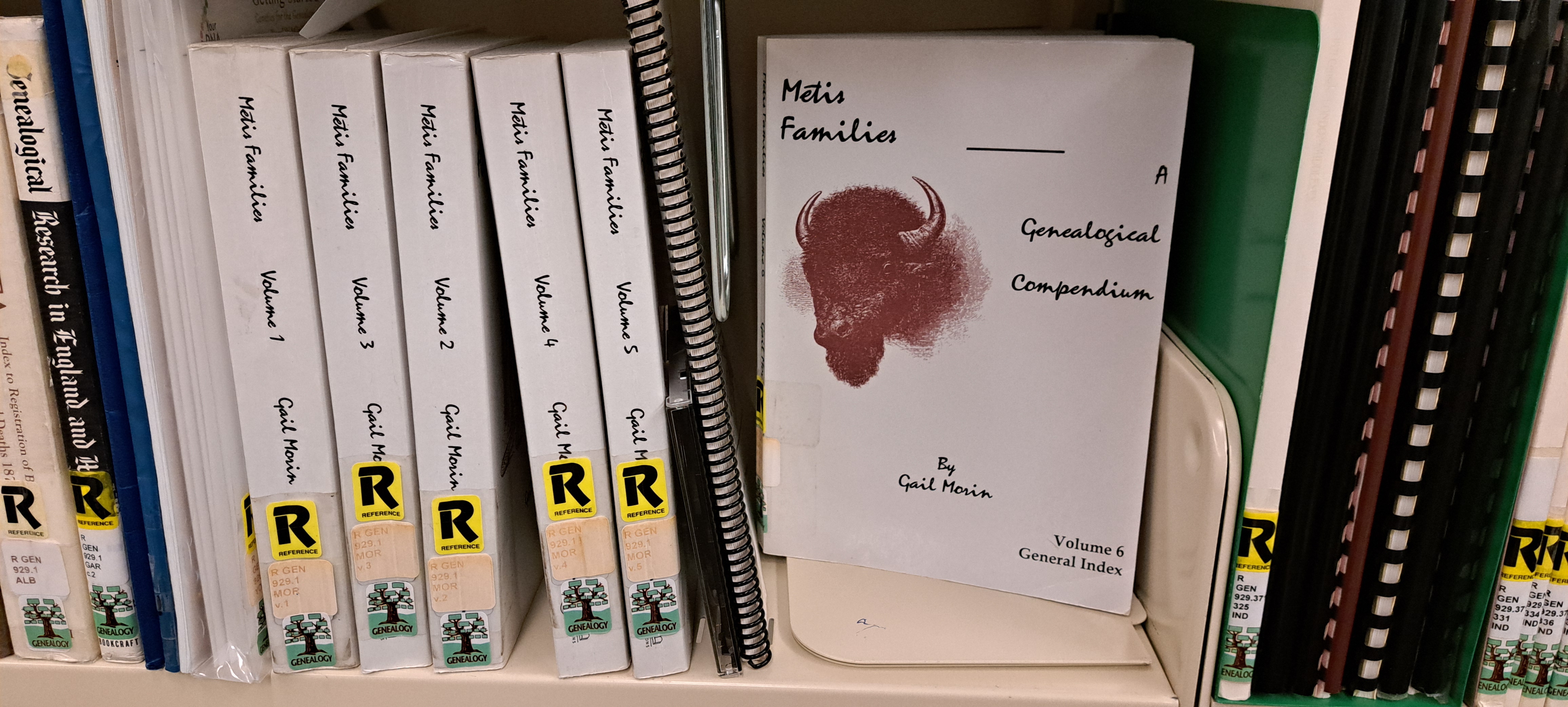Métis Research

“Métis” means a person who self-identifies as Métis, is distinct from other Aboriginal peoples, is of historic Métis Nation Ancestry and who is accepted by the Métis Nation.”
The Métis National Council General Assembly “National Definition” in 2002
Finding your Métis roots can sometimes be tricky and even a little frustrating, especially if records are hard to track down. But it’s also an exciting and rewarding journey. Learning about where you come from, connecting with your ancestors’ stories, and uncovering pieces of your heritage can bring a real sense of pride and belonging. It’s a chance to feel more connected to your past and discover new things about yourself along the way.
Before you begin your search, it’s important to understand these key resources: Métis Scrip and Census Records.
Métis Scrip
Scrip certificates, issued by the federal government, provided Métis people with land or monetary settlements. These certificates were designed to extinguish the Métis' Aboriginal title to land. Scrip Commissions were set up by the government to travel to Métis communities, determine eligibility, and distribute the scrip. Most scrip was issued between 1870 and 1920. These records are important because they document individuals identifying themselves as Métis during that time.
Census records
The 1901 Census was the fourth regularly scheduled collection of national statistics. While previous provincial/territorial censuses denoted color, it was the first national census to do so.
Two columns will assist with determining if someone is Métis:
- Column 5, color: "r" was used to denote "red" for Native Canadians
- Column 14, racial or tribal origin: generally traced through the father; however, Aboriginal people were to have their "racial or tribal origin" traced through their mothers, with the specific name of the First Nation entered.
- The use of "breed" and "half-breed" indicated a person of mixed Native and other background (Métis), as noted in the following examples that were used at the time:
- Fb (French breed)
- Eb (English breed)
- Sb (Scottish breed)
- Ib (Irish breed)
- Ob (Other breed)
- Cree fb (Cree and French breed)
It’s important to remember that censuses were not always reliable indicators of ancestral origin. Information such as "color" or "racial or tribal origin" was not always recorded accurately, and sometimes these details were not disclosed to the census enumerators.
Selected Resources:

